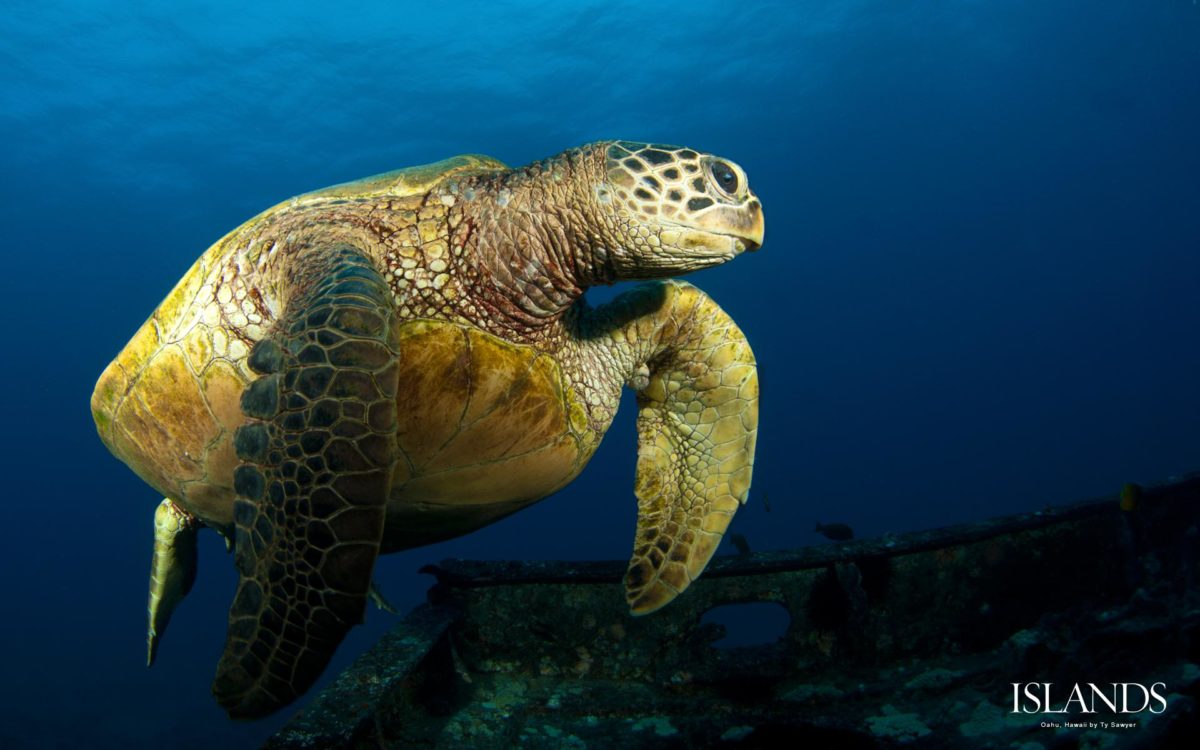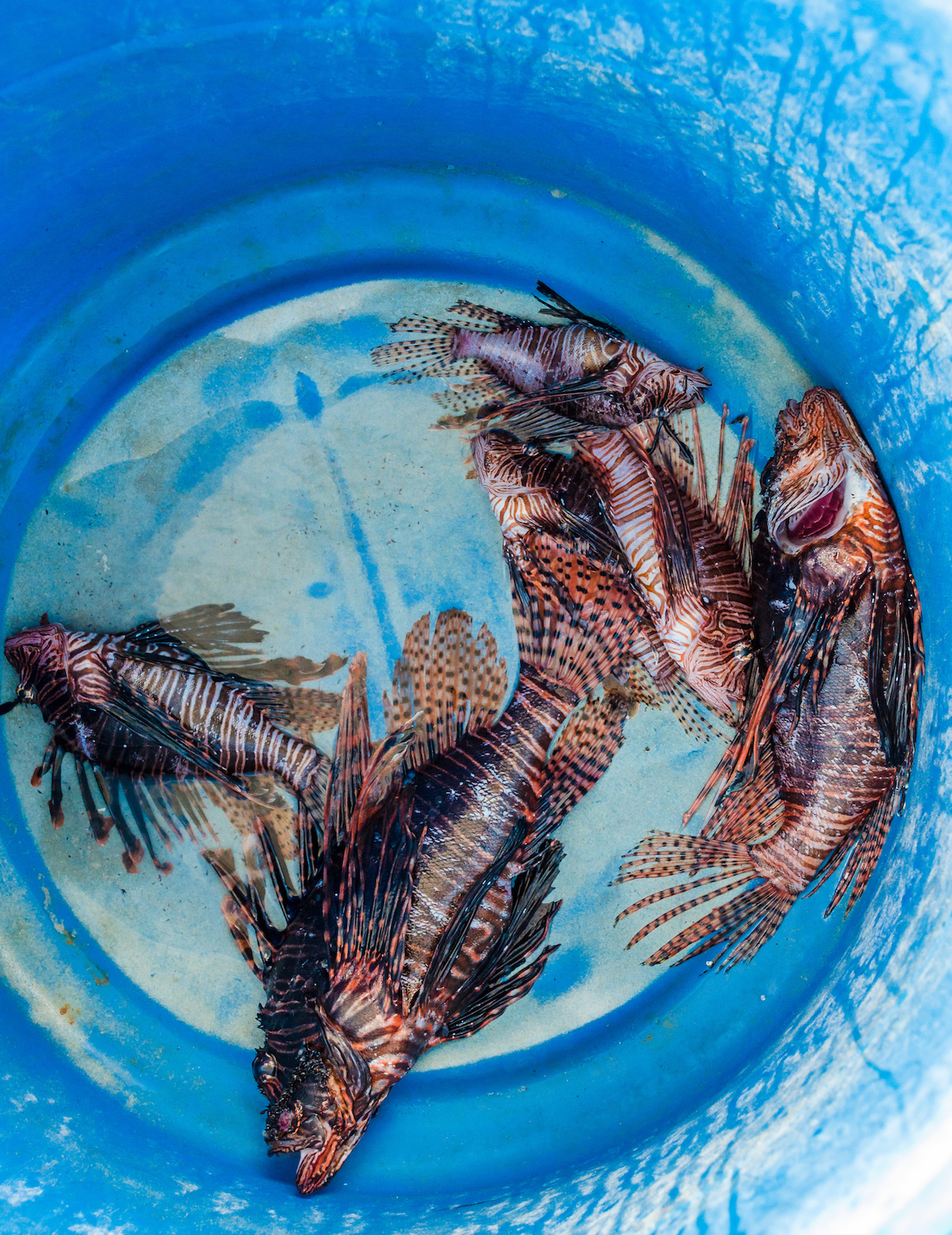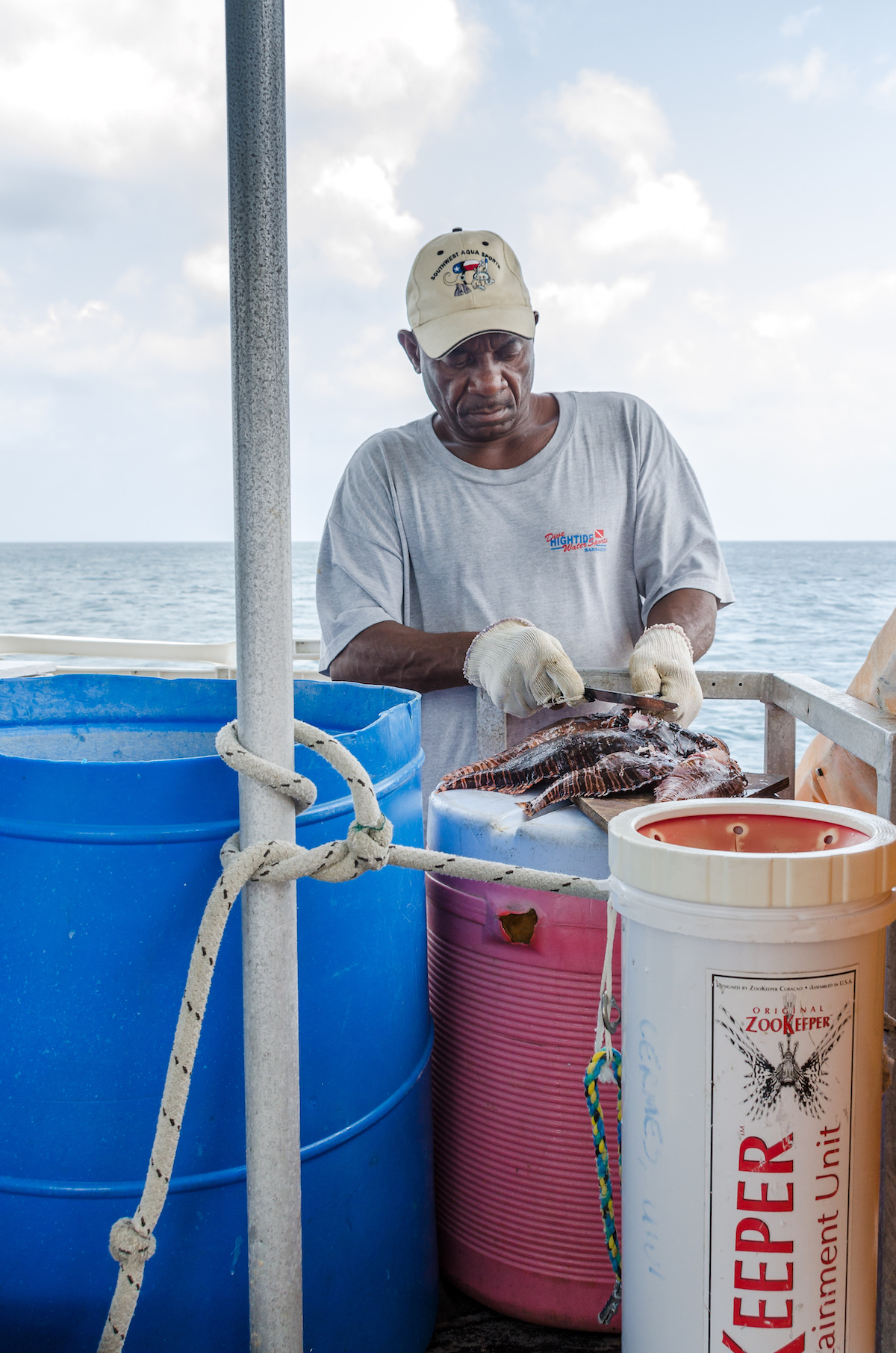About Barbados
Quick Facts About Barbados
Barbados lies in the Atlantic Ocean almost 100 miles east of the Windward Islands. Unlike its neighboring Islands, which are mostly volcanic, Barbados was built entirely out of coral. Year after year, decade after decade, century after century, coral life has built Barbados up from the ocean depths. This building process is still continuing and can be witnessed in huge 6 ft barrel sponges, gigantic sea fans, black corals and hundreds of tropical fish that adorn every crack and crevice on it’s fringing and barrier reefs which circle the island.
Barbados has long been known for it’s white sandy beaches, crystal clear blue waters, friendly smiles and, of course, rum! One of it’s lesser known, but by no means lesser quality attractions, is its beauty beneath the seas.
Most of the diving activity in Barbados occurs on the west and south coasts. The east and north coasts most of the year take the full fury of the Atlantic Ocean and the easterly trade winds, making for spectacular waves and breath taking scenery. The south coast, being partially sheltered from these trade winds, lends itself to moderate seas and currents. The west coast, being totally sheltered, is generally like a pond. Whether you dive south or west, you’ll be in for a treat.
About Barbados Sea Turtles
We are the official headquarter dive centre assisting with the Barbados Sea Turtle Project. Apart from our selection of reef and wreck dives we also do “turtle tagging” dives. Twice a week during the breeding season, on our morning two tank dive we carry along two marine biologists from the Barbados Sea Turtle project. During the dives we catch Hawksbill turtles and bring them on board to be weighed, measured, tagged, and then released again.
This is a fantastic opportunity to get up close and personal with them, and learn a lot about this critically endangered species. Our Guests, Our Team and Marine Biologists help to ensure these Hawkbill Turtles will continue to thrive in our oceans.
Year round, turtles, especially Hawksbills, can be seen in the waters of Barbados. During the summer months, April through November, turtles can also be seen nesting on the beaches.
In the early evenings (around 8 to 10pm) they will crawl up onto the same beach where they themselves were hatched and lay their eggs. Sixty one days later the young turtles will dig themselves out of the sand and scurry down the beach until they reach the ocean.

Bajan Sea Life
From Maycox Bay on the north-west to South Winds Fringe on the south-east, Barbados is home to many large pelagic such as Barracuda, Jacks of various species and Mackerel. We have lionfish, flying fish, eels, squid, crayfish, sea urchins, sharks and, of course, Leatherback and Hawksbill Sea Turtles.
About Barbados Lion Fish
This incredibly invasive species is a huge concern to Barbados and the Caribbean at large. Every year Barbados holds a Lion Fish Derby to raise awareness on the damage caused to marine life by these amazing hunters.
Hightide has been heavily involved in various projects to help reduce the damage caused by the Lion Fish. We also encourage hotels and restaurants to turn the Lion Fish into a food source, which will ultimately help to reduce their numbers, but can also create a new revenue stream for local fishermen and spear hunters.
Lion Fish Facts – Biology
• Lionfish may live decades and reach sizes exceeding 47cm (19 in)
• Lionfish inhabit all marine habitat types and depths (shoreline to over 300m or 1000ft)
• Lionfish possess venomous spines capable of deterring predators and inflicting mild to serious stings and reactions in humans
• Lionfish become sexually mature in less than a year and spawn in pairs
• Reproduction occurs throughout the year about every 4 days
• In the Caribbean, a single female lionfish can spawn over 2 million eggs/year
• Lionfish eggs are held together in a gelatinous mass of 12,000 to 15,000 eggs and are dispersed at the ocean’s surface by currents
• Their larval duration is approximately 25 days
Lion Fish Facts – Ecology
• Lionfish can reach densities of over 200 adults per acre
• Lionfish are generalist carnivores that consume over 70 species of fish and many invertebrate species,
capable of eating prey up to half their body length
• Many lionfish prey on commercially, recreationally, and ecologically important species
• Dense lionfish populations can consume more than 460,000 prey fish/acre/year
• On heavily invaded sites, lionfish have reduced their fish prey populations by up to 90% and continue to
consume native fishes at unsustainable rates
• Native predators exhibit avoidance for lionfish
• Lionfish are susceptible to very few parasites compared to native species
• Lionfish exhibit site fidelity
• Lionfish have a high affinity for structure and feed primarily during dawn and dusk


Lion Fish Control
• Lionfish are edible and considered a delicacy
• Local removal efforts that are sustained can significantly reduce lionfish populations
Contact Us
Dive Hightide Watersports
Coral Reef Club
St. James, Barbados ~ W.I.

